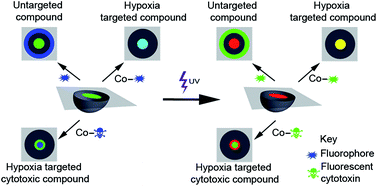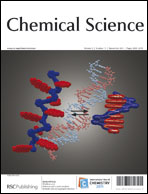Visualising the hypoxia selectivity of cobalt(iii) prodrugs†
Abstract
Hypoxic cancer cells have a more aggressive phenotype than cells in a normoxic environment and are often refractory to current chemotherapy protocols due to an altered proliferation rate. They also represent a means of targeting cancer chemotherapy. We have developed a 3-dimensional cell culture model that readily identifies live hypoxic cells by expression of the Eos photo-convertible green fluorescent


 Please wait while we load your content...
Please wait while we load your content...